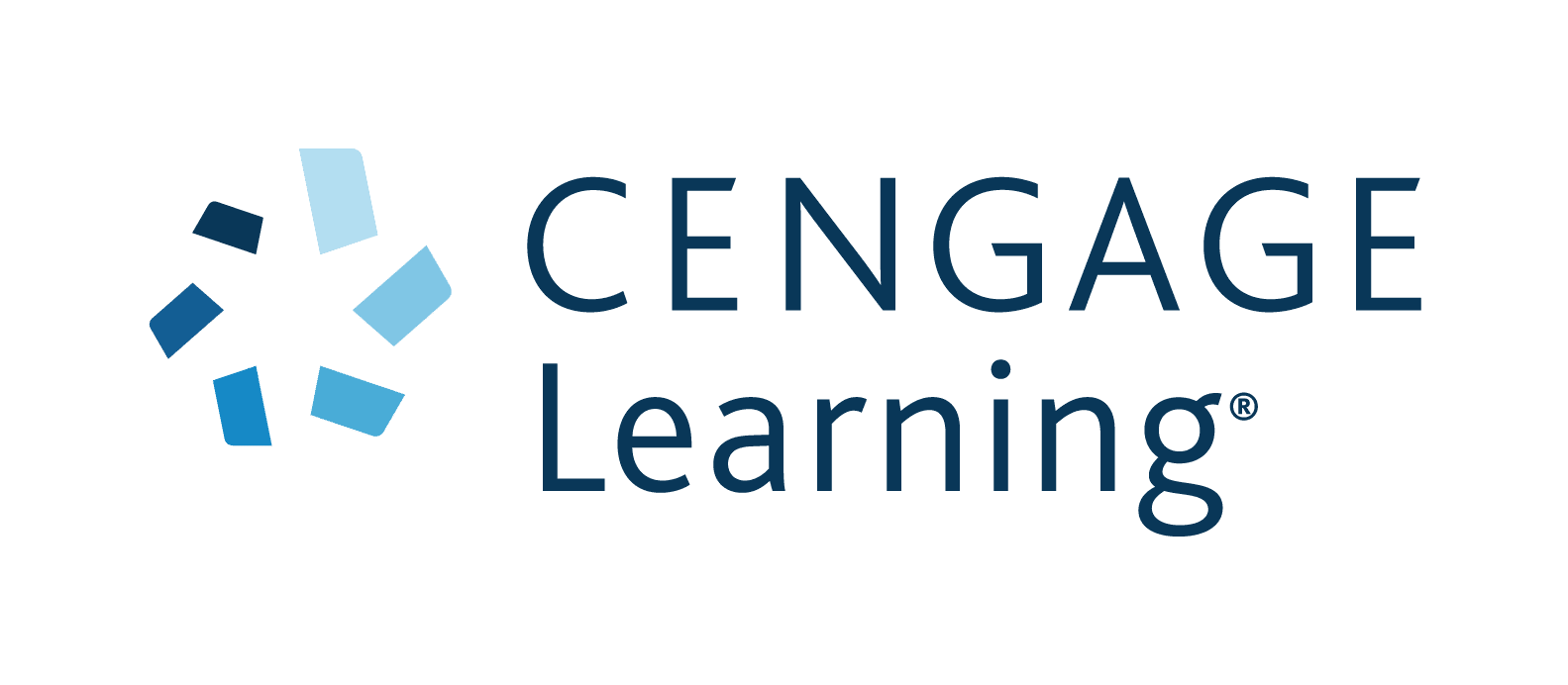
McGraw-Hill and Cengage Will Merge in an All-Stock Deal
Lorem ipsum dolor sit amet, consectetur adipiscing elit. Ut elit tellus, luctus nec ullamcorper mattis, pulvinar dapibus leo.

Last week, two educational publishing powerhouses – McGraw-Hill and Cengage – announced they would merge in an all-stock deal on equal terms. The deal will combine the strengths of both publishers to form a new global learning company, benefiting students, educators and related professionals. The boards of both companies have unanimously approved the deal. According to Publishers Weekly, the deal is expected to close by early 2020. It will retain the McGraw-Hill name and be led by Michael Hansen, the CEO of Cengage.
The new company will offer a broad range of best-in-class content – delivered through digital platforms at an affordable price, said Michael E. Hansen, CEO of Cengage, in a May 1 news release. Together, we will usher in an era in which all students can afford the quality learning materials needed to succeed – regardless of their socioeconomic status or the institution they attend. Additionally, the combined company will have robust financial strength to invest in next-generation products, technology and services that create superior experiences and value for millions of students.
Nana Banerjee, president and CEO of McGraw-Hill, also commented on the merger.
Source: McGraw-Hill

For more than a century, our goal has been to unlock the potential of each learner and improve lives through education. Combining our two companies and our complementary offerings will enable us to continue innovating. In this way we can continue to empower students and educators around the world with a wide choice of affordable, engaging course materials and advanced digital platforms to help them succeed throughout a lifetime of learning, said Banerjee.
Cengage has been in the news a lot in the last 18 months, starting with its announcement of Cengage Unlimited, an unlimited textbook subscription service for college students. Cengage made the announcement in December 2017, and officially launched the service in 2018. Since then, two textbook authors have sued Cengage over the change in royalty payments because of the subscription service, but that lawsuit was settled in October.
The goal of the Cengage Unlimited subscription is to make educational materials more accessible and affordable for students, by charging a flat rate ($119.99 for four months, $179.99 for one year, or $239.99 for two years). Cengage offers unlimited access to more than 22,000 eBooks, online homework access codes, study guides, Chegg Tutoring, Kaplan Test Prep, Quizlet and textbook rentals. Cengage says it has saved U.S. college students more than $60 million during the 2018-19 school year.
In an introductory video at BetterLearningTogether.com, Banerjee talks about the synergy the combined companies will offer their customers.
This merger makes a lot of sense because of our shared mission of affordability, access to high quality digital platforms, and together we bring a very large combined library of content which individually we couldnt, says Banerjee.
Here are a few highlights of what the combined company offers:
- More than 44,000 titles from leading academics and experts
- Better user experience on a proven digital platform
- Ability to provide higher education, preK-12, international and professional learning materials
- Value through Inclusive Access, digital courses, rentals and Cengage Unlimited
- Content available in more than 75 languages
Together, the companies believe they will save students more than $115 million in 2018-19 and have a positive impact on students around the world.
Insider Take:
Is this merger a good thing? It depends. MarketWatch reports that the textbook market is predominately controlled by five major publishers. If the merger is complete, that number drops to four, which means the remaining four have a lot of control of the cost of textbooks, regardless of the format those books take. It also means the combined company will be the second largest publisher.
Where students will see a benefit from the merger is that a larger library and a subscription option may make more textbooks available to them. That means they can access more titles for one affordable subscription price. They will likely have to supplement those textbooks with others selected by their educators, but the subscription model will help ease costs a bit.
The bottom line: the educational publishing industry and its relationship to educational institutions is complex. The merger could be a good thing, but it is not without risks and potential problems for educators, institutions and students alike.




